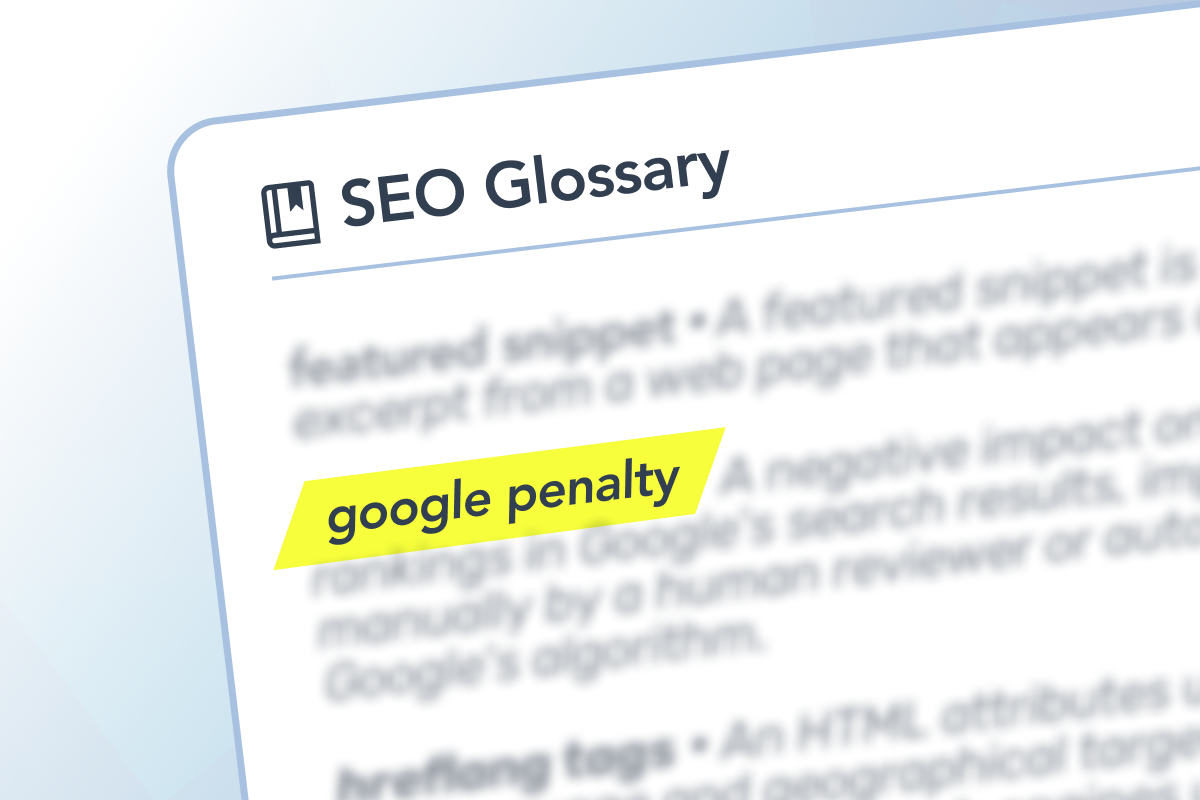Imagine your website suddenly loses its rankings in Google search results. This could be due to a Google penalty, a severe action that can drastically impact your site’s visibility and traffic.
What is a Google penalty?
A Google penalty is a negative impact on a website’s rankings in Google’s search results, imposed either manually by a human reviewer or automatically by Google’s algorithm. Penalties occur when a website violates Google’s webmaster quality guidelines, often due to black-hat SEO practices.
Types of Google penalties
- Manual penalty: Imposed by a human reviewer for practices such as spammy content, unnatural links, or other guideline violations. Website owners are notified via Google Search Console.
- Algorithmic penalty: Automatically applied when an algorithm update detects practices that violate Google’s guidelines, such as keyword stuffing or duplicate content.
Why are Google penalties important?
- SEO impact: Penalties can cause a significant drop in search rankings, leading to reduced organic traffic and visibility.
- Compliance: Understanding and avoiding penalties ensures compliance with Google’s guidelines, maintaining a healthy website performance.
How to recover from a Google penalty
- Identify the penalty: Determine whether the penalty is manual or algorithmic. Use Google Search Console for notifications and tools like Google Analytics to detect sudden traffic drops.
- Fix the issues: Address the specific violations. This may include removing or disavowing bad backlinks, improving content quality, or fixing technical issues.
- Submit a reconsideration request: For manual penalties, once the issues are resolved, submit a reconsideration request to Google explaining the steps taken to rectify the problems.
By understanding Google penalties and how to recover from them, website owners can ensure their sites remain compliant with Google’s guidelines, maintaining good search performance and avoiding potential traffic losses.


